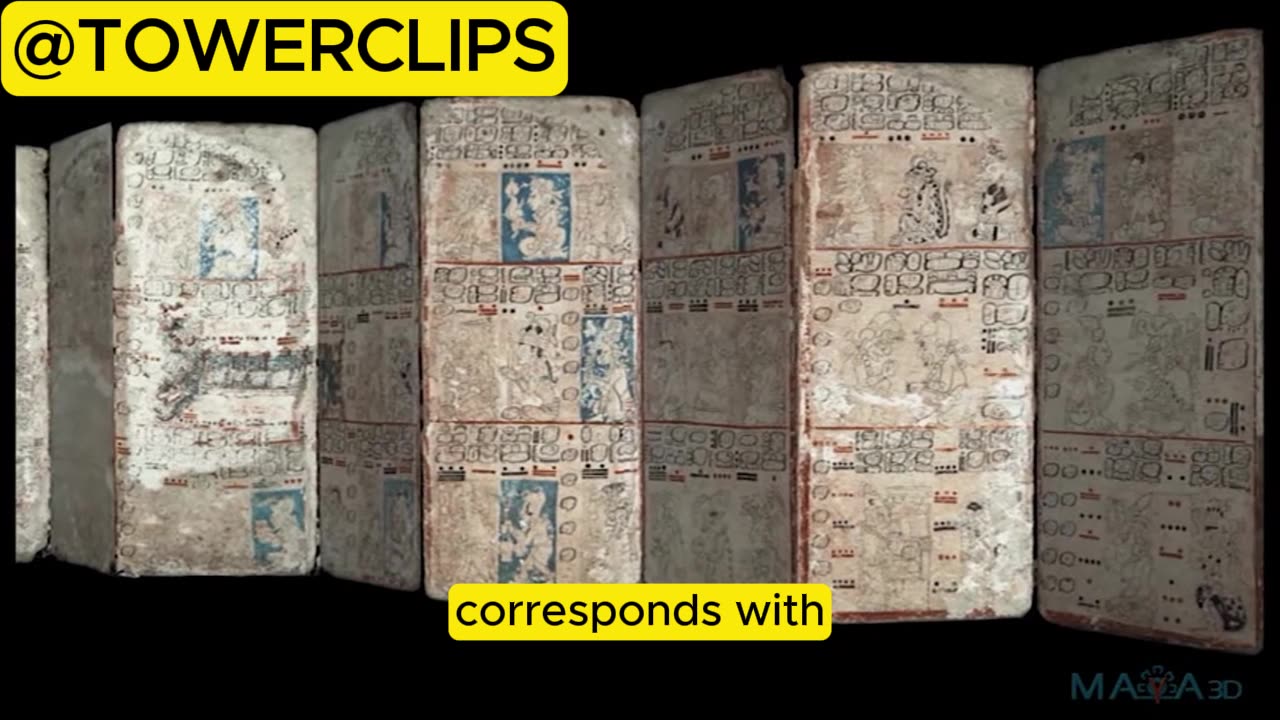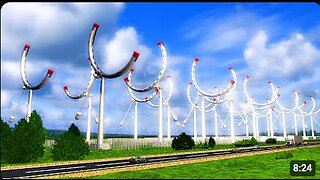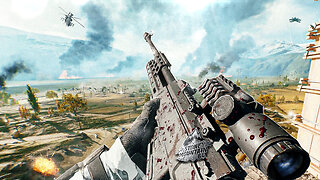Premium Only Content

The Real Truth Behind the Ancient Maya Disappearance
The Maya civilization (/ˈmaɪə/) was a Mesoamerican civilization that existed from antiquity to the early modern period. It is known by its ancient temples and glyphs (script). The Maya script is the most sophisticated and highly developed writing system in the pre-Columbian Americas. The civilization is also noted for its art, architecture, mathematics, calendar, and astronomical system.
The Maya civilization developed in the Maya Region, an area that today comprises southeastern Mexico, all of Guatemala and Belize, and the western portions of Honduras and El Salvador. It includes the northern lowlands of the Yucatán Peninsula and the Guatemalan Highlands of the Sierra Madre, the Mexican state of Chiapas, southern Guatemala, El Salvador, and the southern lowlands of the Pacific littoral plain. Today, their descendants, known collectively as the Maya, number well over 6 million individuals, speak more than twenty-eight surviving Mayan languages, and reside in nearly the same area as their ancestors.
The Archaic period, before 2000 BC, saw the first developments in agriculture and the earliest villages. The Preclassic period (c. 2000 BC to 250 AD) saw the establishment of the first complex societies in the Maya region, and the cultivation of the staple crops of the Maya diet, including maize, beans, squashes, and chili peppers. The first Maya cities developed around 750 BC, and by 500 BC these cities possessed monumental architecture, including large temples with elaborate stucco façades. Hieroglyphic writing was being used in the Maya region by the 3rd century BC. In the Late Preclassic, a number of large cities developed in the Petén Basin, and the city of Kaminaljuyu rose to prominence in the Guatemalan Highlands. Beginning around 250 AD, the Classic period is largely defined as when the Maya were raising sculpted monuments with Long Count dates. This period saw the Maya civilization develop many city-states linked by a complex trade network. In the Maya Lowlands two great rivals, the cities of Tikal and Calakmul, became powerful. The Classic period also saw the intrusive intervention of the central Mexican city of Teotihuacan in Maya dynastic politics. In the 9th century, there was a widespread political collapse in the central Maya region, resulting in civil wars, the abandonment of cities, and a northward shift of population. The Postclassic period saw the rise of Chichen Itza in the north, and the expansion of the aggressive Kʼicheʼ kingdom in the Guatemalan Highlands. In the 16th century, the Spanish Empire colonised the Mesoamerican region, and a lengthy series of campaigns saw the fall of Nojpetén, the last Maya city, in 1697.
-
 6:39
6:39
TOWERCLIPS
11 months agoFree Energy Machines
1492 -
 36:53
36:53
Stephen Gardner
2 hours ago🔥LEAKED! Trump's Secret ANTIFA Takedown Plan EXPOSED!!
15.2K12 -
 1:20:21
1:20:21
The Confessionals
4 hours agoInside the Invisible War (Demons Don't Fight Fair)
2491 -
 1:07:45
1:07:45
The White House
4 hours agoPresident Trump Participates in a Bilateral Lunch with the President of the Argentine Republic
39.7K14 -
 2:13:35
2:13:35
Barry Cunningham
3 hours agoBREAKING NEWS: PRESIDENT TRUMP AND PRESIDENT OF ARGENTINA JAVIER MILEI MEET
28.8K10 -
 5:22
5:22
Michael Heaver
4 hours agoFarage Issues URGENT Warning To Britain
16.2K7 -
 1:22:01
1:22:01
Sean Unpaved
6 hours agoMNF Madness, CFB Week 7 Rewind, & MLB's ALCS & NLCS Playoff Fire!
35.9K -
 1:02:05
1:02:05
DeVory Darkins
4 hours ago $32.19 earnedTrump drops NIGHTMARE News on Democrats as the Violent protestors gear up
123K60 -
 1:59:08
1:59:08
The Charlie Kirk Show
4 hours agoCharlie’s 32nd Birthday + Medal of Freedom | Sec. Bessent, Lavorgna, Zeldin, Sen. Lee | 10.14.25
112K103 -
 LIVE
LIVE
StoneMountain64
3 hours agoBattlefield 6 Sniping and Unlocking SNIPERS from LONG RANGE
40 watching